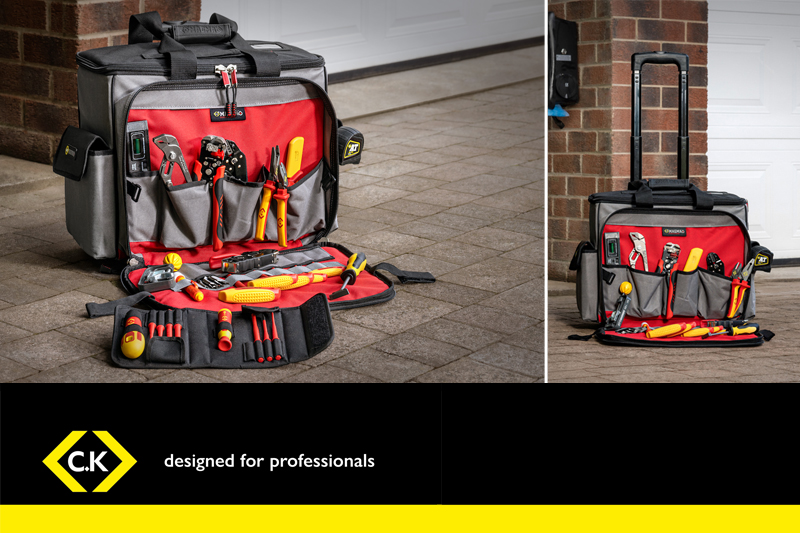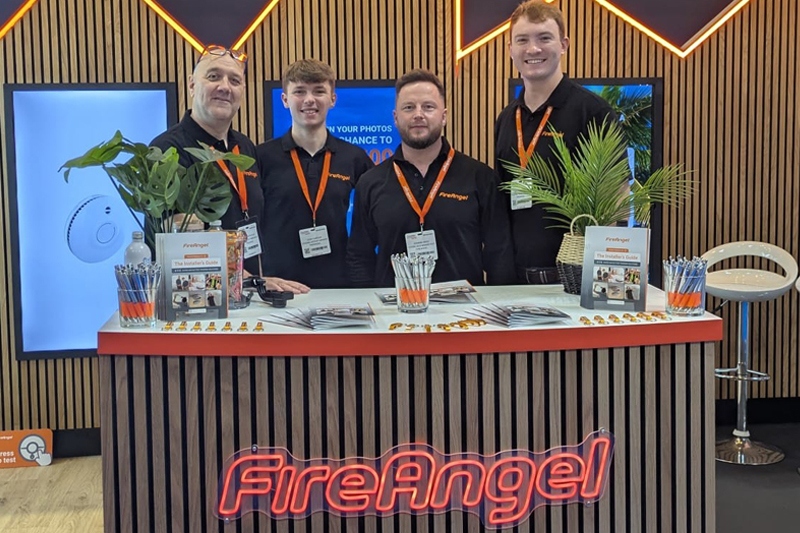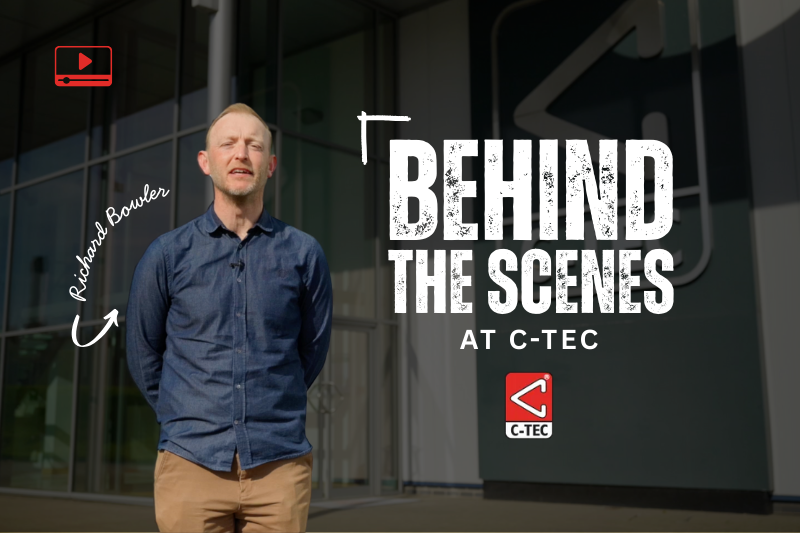Why is firesafe cable on the rise, and how can electricians take it on? C.K Tools has developed a product specifically for the job.
From blunt and defeated cable strippers to broken teeth, firesafe cable has proven a growing challenge for electricians in recent years. Working with its panel of electricians, C.K Tools’ product development team has heard countless tales of frustration, some of whom have resorted to biting the tough plastic jacketing when their tools fail them, with disastrous results.
But why is LS0H (low smoke zero halogen) cable increasingly prevalent? While it isn’t a new product, a heightened awareness of fire safety, coupled with its growing use in the USA, Ireland, and Europe, has seen the fire-safe material come into more common usage in the UK recently.
Made from thermoplastic material, LS0H was first developed in 1979. The incredibly tough cable jacketing is resistant to fire and fumes, and – critically – doesn’t produce smoke when it burns. While PVC may be cheaper, it produces a thick, acrid, highly toxic, and corrosive smoke. This smoke kills. Smoke inhalation, in fact, is a bigger cause of death than fire itself in fire related emergencies.
The King’s Cross Fire in 1987, for example, claimed the lives of 31 people and injured 100 more. What began with a lit match on a wooden escalator soon became a devastating blaze, but it wasn’t the flames that killed. Thick black smoke filled the ticket hall, leading to the deaths of almost everyone present. In response, cables containing halogen ceased to be used on the London Underground, and awareness and usage of LS0H cables grew.
Risk to life
Now, with the legacy of the Grenfell Tower tragedy looming large, there is a further rise in LS0H cable jacketing. In any area where smoke and toxic fumes could pose a risk to life – LS0H should be used. In public buildings and high-density housing in particular, use of LS0H is critical. Should a fire take hold, fumes from LS0H cabling will emit less that 0.5% HCL gas, dramatically cutting toxicity. What’s more, a lack of smoke will result in enhanced visibility, enabling easier evacuation.
It’s also important to distinguish between LS0H and LSF (low smoke and fume) cable. LSF is made from a modified PVC compound and emits 15 – 22% HCL gas upon burning. That’s eight to 13 per cent less than standard PVC. However, toxic fumes and thick black smoke will still pose a significant danger to life. While it is marginally safer than PVC, LSF should not be confused with LS0H which emits 0.5% HCL gas and therefore does not produce toxic fumes or black smoke, and does not pose a danger to life.
Cost-cutting measures – such as specifying PVC or LSF cable when LS0H is safer and more appropriate – are rightfully falling out of practice. New regulations around the use of LS0H are anticipated.
But LS0H is more difficult to work with than PVC cable. The material is stronger and less flexible than its PVC or LSF counterparts. Many electricians have reported challenges in stripping the LS0H, as standard cable strippers fail to meet the strength of the thermoplastic material.
Peels like a banana
Specialist strippers, made from toughened materials and with multiple blades, should be used when working with LS0H cable. C.K Tools has developed a product specifically for the job. Using the correct bracket size for the width of the cable, C.K Tools’ LS0H Cable Strippers peel the cable along its length, like a banana skin, allowing for simple stripping. With two titanium nitride coated blades and four cable brackets, it’s designed to tackle any size of LS0H cable effectively, with minimal effort.
Brinley Buckley-Roberts, Brand Manager at C.K Tools, said: “We work very closely with a large panel of electricians in all our product development. If there’s a need out there, we know about it, and we work to produce the perfect tool to take on the challenge. Stripping LS0H was a real issue for our customers, and so we have meticulously planned, refined, prototyped, and tested the tool for the job. LS0H is, rightly, here to stay, and it’s crucial that our customers are prepared.”
Beyond having the right tools for the job, taking on LS0H requires an understanding of the material. Due to its tougher nature, LS0H can be inflexible. This can lead to cracking during installation. To prevent this, specialist lubricant is recommended to reduce friction. Of course, it’s important to also choose non-toxic, non-flammable, and non-corrosive lubricant.
Working with LS0H cable may be more challenging and time-consuming, but choosing this cable over PVC or LSF could save lives. Armed with the right tools and equipment, and knowledge of its excellent fire safe credentials, tackling LS0H can and can be straightforward and worthwhile process.
For more information, click here





